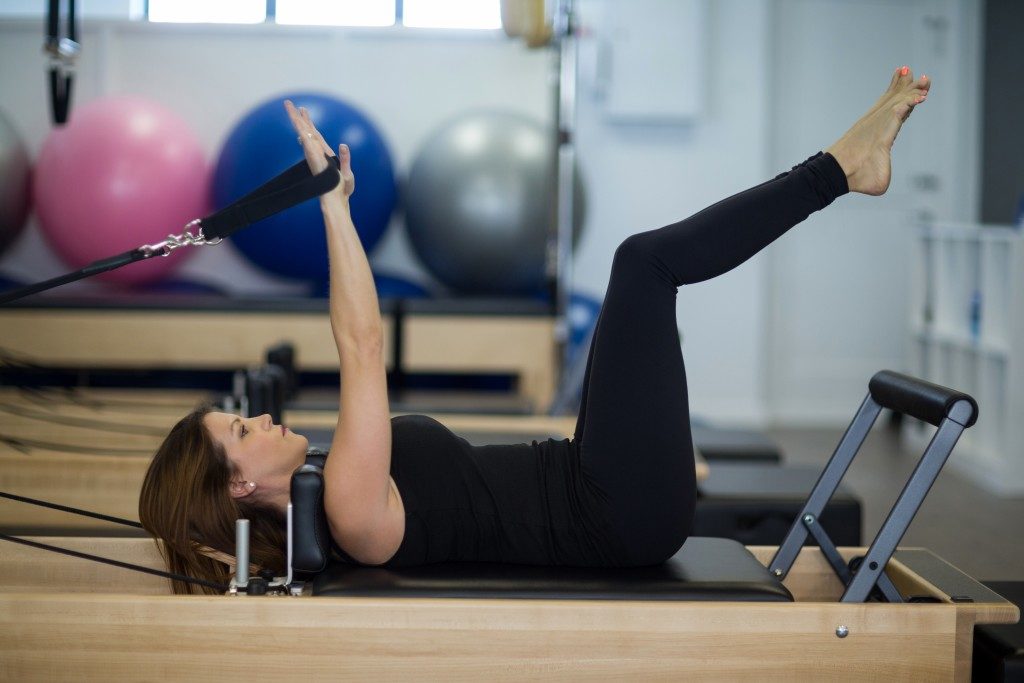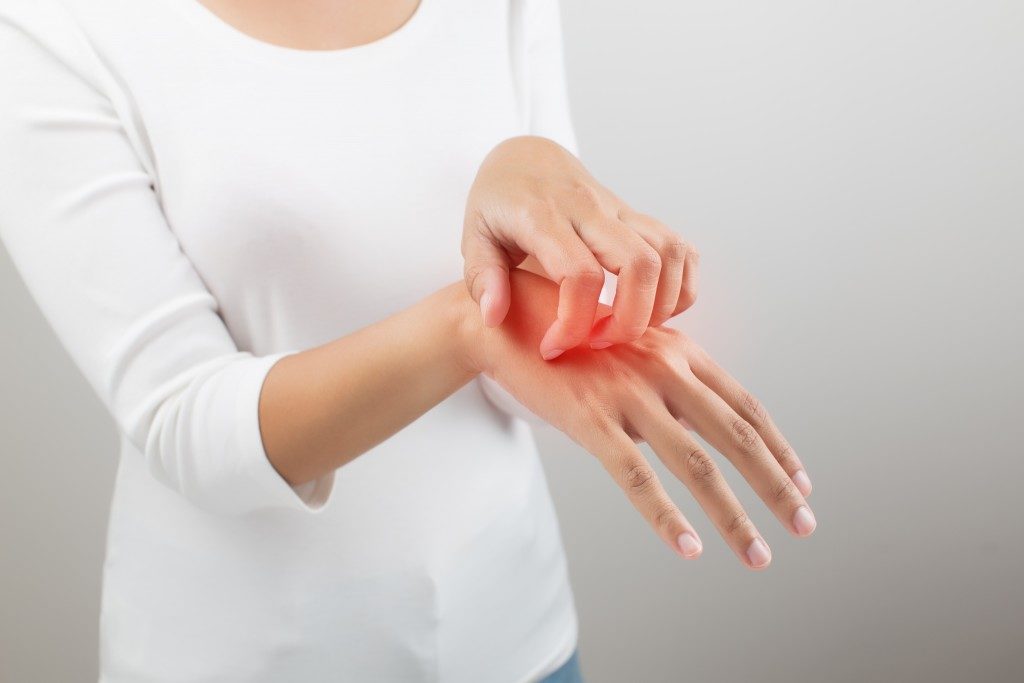With age comes not just wisdom but also occasional random aches and pain. When you have spent the majority of your working life sitting in front of a computer with a bad posture or lugging a massive cargo from one place to another, you are bound to experience pain in certain areas of the body that comes and goes.
Try Out Therapy Devices
Nowadays, you have many options to help manage pain without medication or surgery. For one, there are technological developments that have been proven to minimize pain. Apostherapy.com, for example, promises to treat the underlying cause of pain, not just pain itself, by strengthening your muscles and realigning your body. According to their website, their device has been clinically proven to relieve pain and improve patients’ daily function.
Of course, finding a therapy device that works for you will involve a little bit of research and consultations with your doctor.
Relax with a Massage
A massage does not just offer relaxation. It is an age-old, tried and tested way to ease pain by loosening up tension in the muscles, tendons, and joints. Moreover, it works as a distraction by introducing a “competing sensation” that impedes pain messages that travel to and from the brain.
A massage also offers positive effects on your mental health. This practice can relieve stress and anxiety, both of which can exacerbate physical pain.
Practice Mindfulness and Meditation

More evidence is coming out that practicing mindfulness and meditation can do wonders for your mind and your body. Pain is a sensation caused when a signal is sent through the nerve fibers and into the brain to allow the body to react and prevent tissue damage.
People who practice meditation and mindfulness report better pain management as well as reduced feelings of stress and anxiety. This is because people who do mind-body techniques gain better control of their bodies. They can turn off the “fight-flight” response associated with stress and anxiety and cause muscle tension.
Exercise Regularly
Exercise is necessary for a healthy body. In fact, the level of physical activity you engage in every day plays a huge role in building strong muscles and bones.
However, when people are in pain, they are less likely to move. Certain chronic conditions such as arthritis and fibromyalgia affect a person’s mobility, making exercise more difficult.
You can get the proper amount of exercise you need daily by starting slow. Do gentler aerobics such as walking for a couple of months, and increasing your speed and the distance you reach gradually. Swimming and cycling are two other physical activities that will strengthen your muscles and bones without over-exerting yourself.
Physical and Occupational Therapy
When pain has started to intervene with your regular routines, seek the help of a professional physical or occupational therapist. A physical therapist will assess your condition and develop a series of exercises to improve your strength and mobility. An occupation therapist will be able to instruct you how to do your daily routine in a way that does not make the pain feel worse.
If you are experiencing pain or discomfort, it is best to first speak to a doctor to find its underlying cause and correct it before it becomes more serious. In addition, before trying any of these strategies, make sure that you have spoken to your doctor to make sure that you will be safe.



